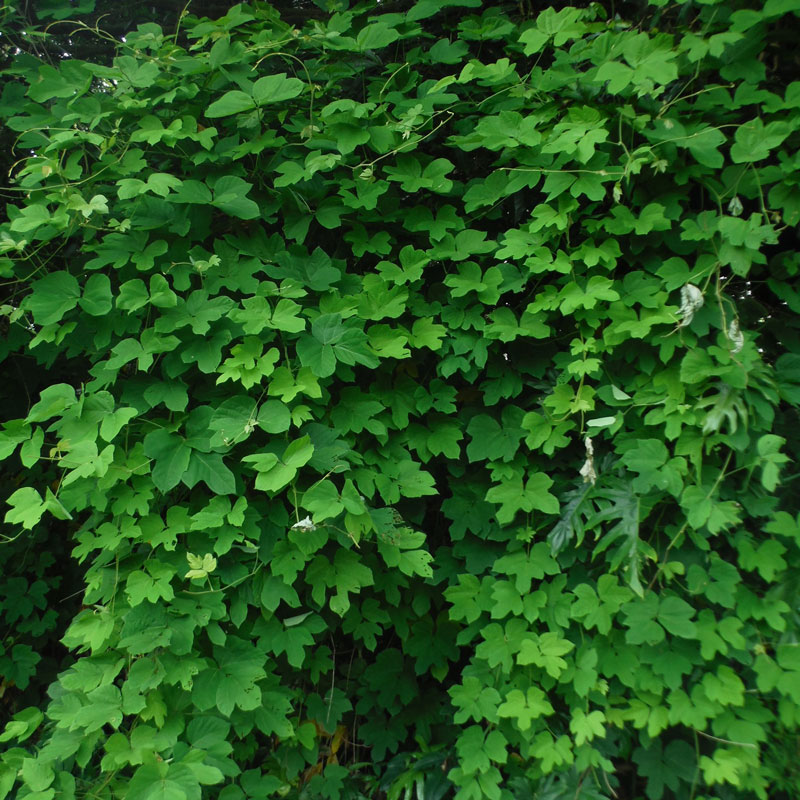
Plant Early Detection Program
Early detection strategies, like road-side and nursery surveys, enable us to identify threats before they become widespread and out of control. KISC’s Plant Early Detection Program was developed with the intent to identify and prioritize incipient plant species for potential eradication and add them to KISC’s target plant species list.
Survey State & County roads, dirt roads, trails, shorelines, nurseries, and other high-risk sites
Systematically inventory, map, and evaluate potential early plant invaders
Prioritize plant species for eradication and control
Early Detection Survey Results
62
Background & distribution data on 62 species of interest
47
47 new island records, include 5 new State records
Prioritizing Plant Species
Following the island-wide survey, species are ranked in order of their priority score based on both the potential invasive impacts and the feasibility of successful eradication. KISC crews continue the investigation and begin delimiting surveys to collect additional data on the distribution and density beyond the initial detection at each location. Species with the potential for successful eradication are then evaluated to become KISC control targets. Learn more about KISC’s control and eradication program here.
Species assessments include:
- Background information: taxonomy, ecology, Hawaii Pacific Weed Risk Assessment, and distribution data
- Species known impacts on: 1) natural community structure and composition, 2) agriculture, culture, & human systems, and 3) biotic & abiotic processes,
- Feasibility of control: amount of effort & resources required to complete delimiting surveys, apply the initial control, and monitor for regrowth


Early Detection Resources
Find our Plant Early Detection Report, Species Assessments, and more in our Resource Center.
